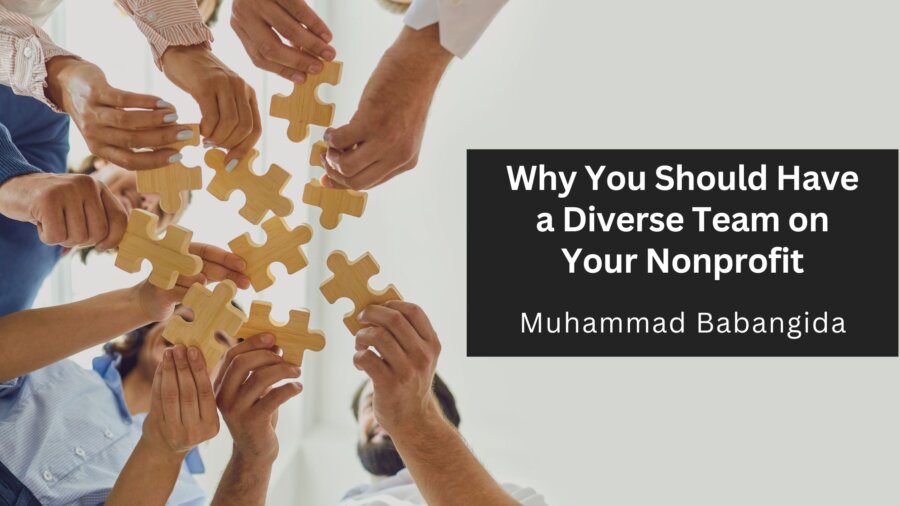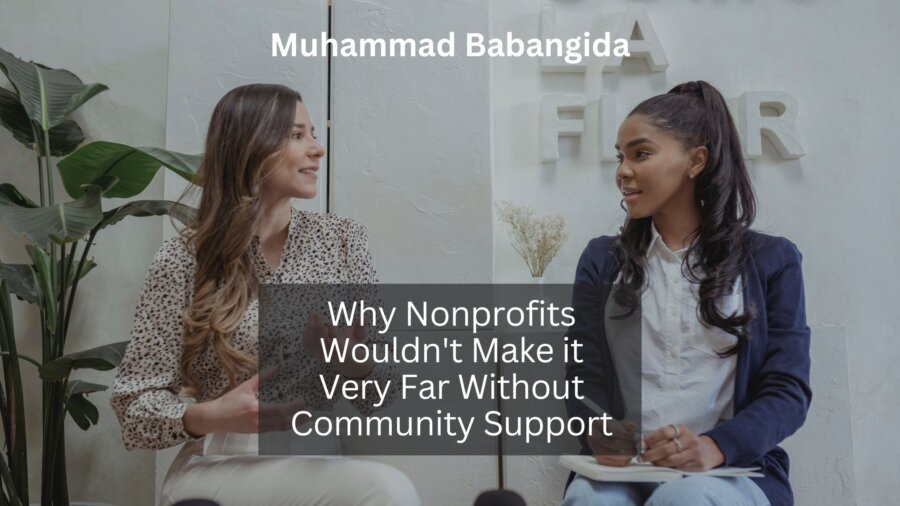Diversity is more than just a buzzword; it’s a cornerstone of success for any organization, including nonprofits. Having a diverse team allows you to look at things from different perspectives, enriching the workplace and enhancing the impact of your nonprofit. Here’s why you should prioritize building a diverse team within your organization:
Enhanced Creativity and Innovation:
A team comprising individuals from diverse backgrounds fosters a rich tapestry of ideas and perspectives. When people with varied life experiences collaborate, they bring unique insights to problem-solving and creativity. This diversity of thought is a catalyst for innovation, enabling your nonprofit to devise fresh approaches to address complex challenges.
Reflecting on the Community You Serve:
Nonprofits often work within diverse communities. Having a team that reflects the diversity of the population you serve fosters cultural competence and a deeper understanding of the community’s needs. This connection enhances your nonprofit’s ability to develop relevant and effective programs, forging stronger bonds with the people you aim to support.
Increased Global Competence:
In an interconnected world, having a diverse team enhances your nonprofit’s global competence. Individuals with diverse cultural backgrounds bring language skills, cultural awareness, and an understanding of international perspectives. This can be invaluable if your nonprofit operates on a global scale or collaborates with partners from different regions.
Broader Skill Sets:
Diverse teams often come with a broader range of skills and expertise. Individuals from different backgrounds bring unique strengths, whether in technical skills, languages, project management, or community engagement. This diversity of skills enables your nonprofit to address a wider array of challenges and pursue a more comprehensive approach to its mission.
Improved Decision-Making:
Diverse teams are more adept at making well-informed decisions. The inclusion of various viewpoints helps mitigate groupthink and ensures that decisions are thoroughly considered from multiple angles. This diversity of thought fosters more robust decision-making processes, leading to better outcomes for your nonprofit.
Enhanced Problem Solving:
Nonprofits often face multifaceted challenges that require innovative solutions. A diverse team is better equipped to navigate complex problems, bringing a variety of perspectives and strategies to the table. This diversity in problem-solving approaches can lead to more effective, sustainable solutions for the issues your nonprofit seeks to address.
Attracting a Broader Support Base:
A diverse team is not only an asset internally but also helps your nonprofit appeal to a broader audience externally. When your team represents a variety of demographics, it enhances your credibility and attracts a more diverse support base, including donors, volunteers, and community partners.
Embracing diversity isn’t just the right thing to do; it’s a key driver for the success and sustainability of your nonprofit’s mission.








